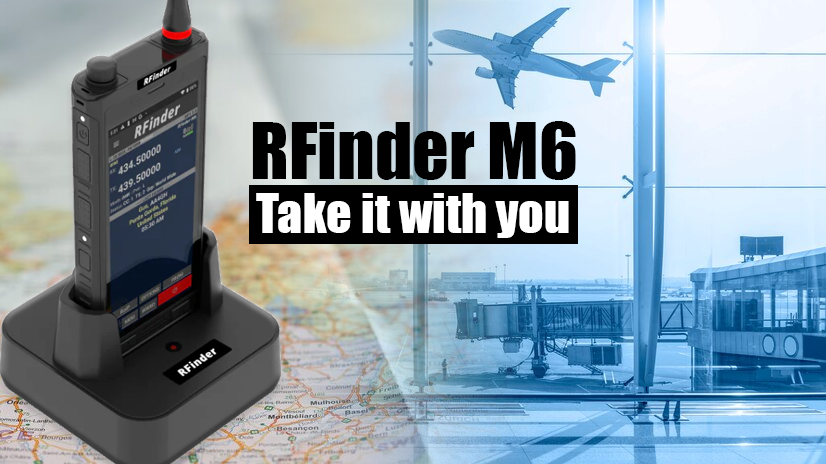
Introduction
In a world increasingly reliant on digital communication networks, the role of amateur radio operators continues to stand out as vital, particularly in emergency situations. When disasters strike and conventional communication networks fail, amateur radio enthusiasts, also known as “hams,” often step in to provide a lifeline. The RFinder M6 SmartRadio, a modern dual-band DMR (Digital Mobile Radio) device, has emerged as a powerful tool for both amateur radio operators and emergency response teams. Packed with features like VHF, UHF, 4G/LTE, and GPS, the RFinder M6 combines traditional ham radio functionality with modern smartphone technology, creating a versatile and dependable communication platform that is especially useful in emergency situations.
This article will explore the technical features of the RFinder M6, its advantages in emergency settings, and why it has become a game-changer for amateur radio operators who need reliable communication under challenging circumstances.
For more details about the RFinder M6, visit the official product page.
Key Features of the RFinder M6
The RFinder M6 SmartRadio is a cutting-edge device that integrates several essential technologies into a single, user-friendly platform. Here’s an overview of its core features:
- VHF and UHF Dual Band: The RFinder M6 operates on both VHF (Very High Frequency) and UHF (Ultra High Frequency) bands, covering a broad range of frequencies used in amateur radio communication. VHF is typically used for long-range communication, while UHF is ideal for shorter distances in urban settings.
- DMR (Digital Mobile Radio): Digital Mobile Radio (DMR) technology offers enhanced audio clarity and better range compared to traditional analog radios. The RFinder M6 supports both analog and digital modes, giving users flexibility to switch depending on the situation.
- 4G/LTE Connectivity: The integration of 4G/LTE capability turns the RFinder M6 into a fully-functional Android smartphone. This allows operators to use data services, access the internet, make voice calls, and utilize communication apps, all from the same device.
- Built-in GPS: The RFinder M6 comes with built-in GPS functionality, allowing real-time tracking and precise location sharing, which is crucial during emergency operations where coordinating efforts in unfamiliar or remote areas is vital.
- Dual-SIM Capability: For users who need to juggle between personal and emergency networks, the RFinder M6 supports dual SIM cards, making it possible to maintain connectivity on multiple networks at once.
- Android Operating System: Running on Android, the RFinder M6 is not just a radio but a full-featured smartphone. This allows operators to download and use various apps, from mapping and tracking to social media and instant messaging apps.
- Long Battery Life: A critical feature for emergency use, the RFinder M6 is equipped with a powerful battery, capable of lasting for extended periods of time without recharging, especially in low-power modes.
How the RFinder M6 Excels in Emergency Situations
1. Resilient Communication When Conventional Networks Fail
In the aftermath of a natural disaster—whether it’s a hurricane, earthquake, wildfire, or flood—cellular and landline networks are often among the first systems to fail. In these scenarios, the VHF and UHF bands that amateur radio operators use can still function, allowing for effective long-range communication. The RFinder M6’s dual-band capability enables operators to use both VHF and UHF frequencies, providing the flexibility to switch between bands depending on propagation conditions, range, and interference.
Even if the 4G/LTE network is down in a given area, ham operators using the RFinder M6 can still rely on their amateur radio frequencies to communicate with other operators and emergency responders.
2. Integrated Digital Mobile Radio (DMR)
DMR offers a significant advantage over analog radio systems, especially in critical situations. With DMR, the RFinder M6 delivers clearer audio quality, even in environments with high noise levels or poor signal conditions. Additionally, DMR’s superior range extends coverage in areas where analog signals may struggle, ensuring that users can stay connected over longer distances. During an emergency, when clear communication is critical, this feature can make a life-saving difference.
Furthermore, DMR allows for group calling, enabling users to broadcast to multiple operators simultaneously. This capability is crucial when coordinating large-scale rescue operations, where multiple teams need to stay in sync across a wide area.
3. 4G/LTE Connectivity for Hybrid Communications
The RFinder M6 stands out for integrating 4G/LTE cellular technology, transforming the device into a hybrid radio-smartphone. In an emergency situation where amateur radio frequencies are already saturated or where users need to share data, the RFinder M6’s 4G/LTE connectivity enables operators to fall back on internet-based communication apps, VoIP (Voice over Internet Protocol), and messaging services.
For example, the RFinder M6 can be used to access real-time weather updates, maps, emergency apps, and other critical information through cellular data. Even if the main cellular networks are compromised, a secondary or emergency SIM card can be installed to leverage alternative networks.
4. GPS for Location Tracking and Coordination
Accurate and timely location information is vital in emergencies, particularly during search and rescue missions. The built-in GPS of the RFinder M6 allows operators to track their location and share it with team members in real-time. Whether you’re navigating through rough terrain, coordinating relief efforts in a city, or simply directing responders to a remote area, the RFinder M6’s GPS ensures that everyone knows exactly where they need to go.
In addition, GPS tracking on the RFinder M6 can be integrated into amateur radio networks to create mesh networks of users in the field, improving situational awareness for emergency managers.
5. Durability and Portability
Emergency situations often require equipment that can withstand harsh environments. The RFinder M6 is built with rugged materials, ensuring it can survive in tough conditions—whether it’s rain, dust, or extreme temperatures. Its portable design and long battery life make it easy to carry and rely on in situations where access to charging or repair facilities may be limited.
For amateur radio operators working in disaster zones or wilderness areas, the RFinder M6 provides the mobility and robustness needed for effective, on-the-go communication.
6. User-Friendly Interface and Android Apps
Running on the familiar Android operating system, the RFinder M6 SmartRadio is extremely user-friendly. Operators can quickly switch between radio functions and smartphone apps, enabling a seamless experience even in stressful environments. The ability to download apps from the Google Play Store adds another layer of versatility. Whether it’s using a mapping app to navigate through disaster areas, a translation app to communicate with non-native speakers, or even apps for live streaming emergency updates, the RFinder M6 puts a world of digital tools at the operator’s fingertips.
Apps specifically designed for amateur radio, such as APRS (Automatic Packet Reporting System) tracking, RepeaterBook, or QRZ, can also be used, further enhancing the RFinder M6’s utility in emergency situations.
Conclusion
The RFinder M6 SmartRadio is a highly capable and versatile tool for amateur radio operators, particularly in emergency situations. By combining traditional radio capabilities with modern smartphone technology, the device offers unmatched flexibility and reliability. Whether you’re coordinating a search and rescue mission, communicating across long distances without cellular service, or navigating using GPS, the RFinder M6 provides a lifeline that can make a critical difference in crisis situations.
Its ability to function across VHF, UHF, DMR, and 4G/LTE networks, coupled with its robust build and long battery life, makes it an indispensable tool for any amateur radio operator involved in emergency response. In a world where communication is more important than ever, the RFinder M6 SmartRadio stands out as a powerful, all-in-one device that ensures you stay connected when it matters most.
For more information or to purchase the RFinder M6, visit the official product page.
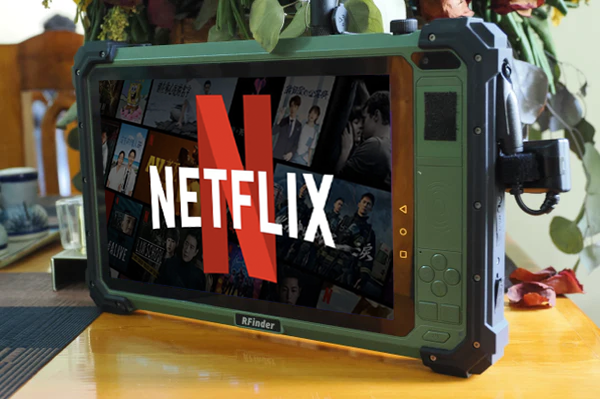
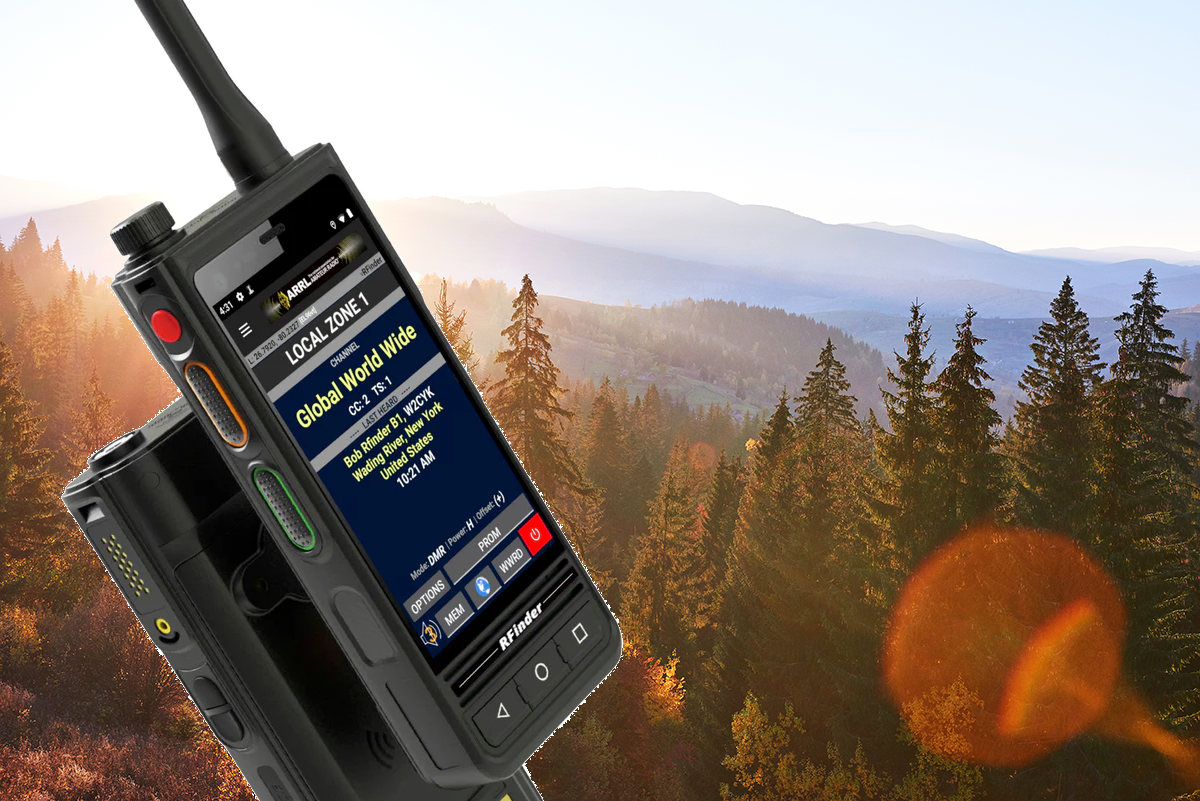
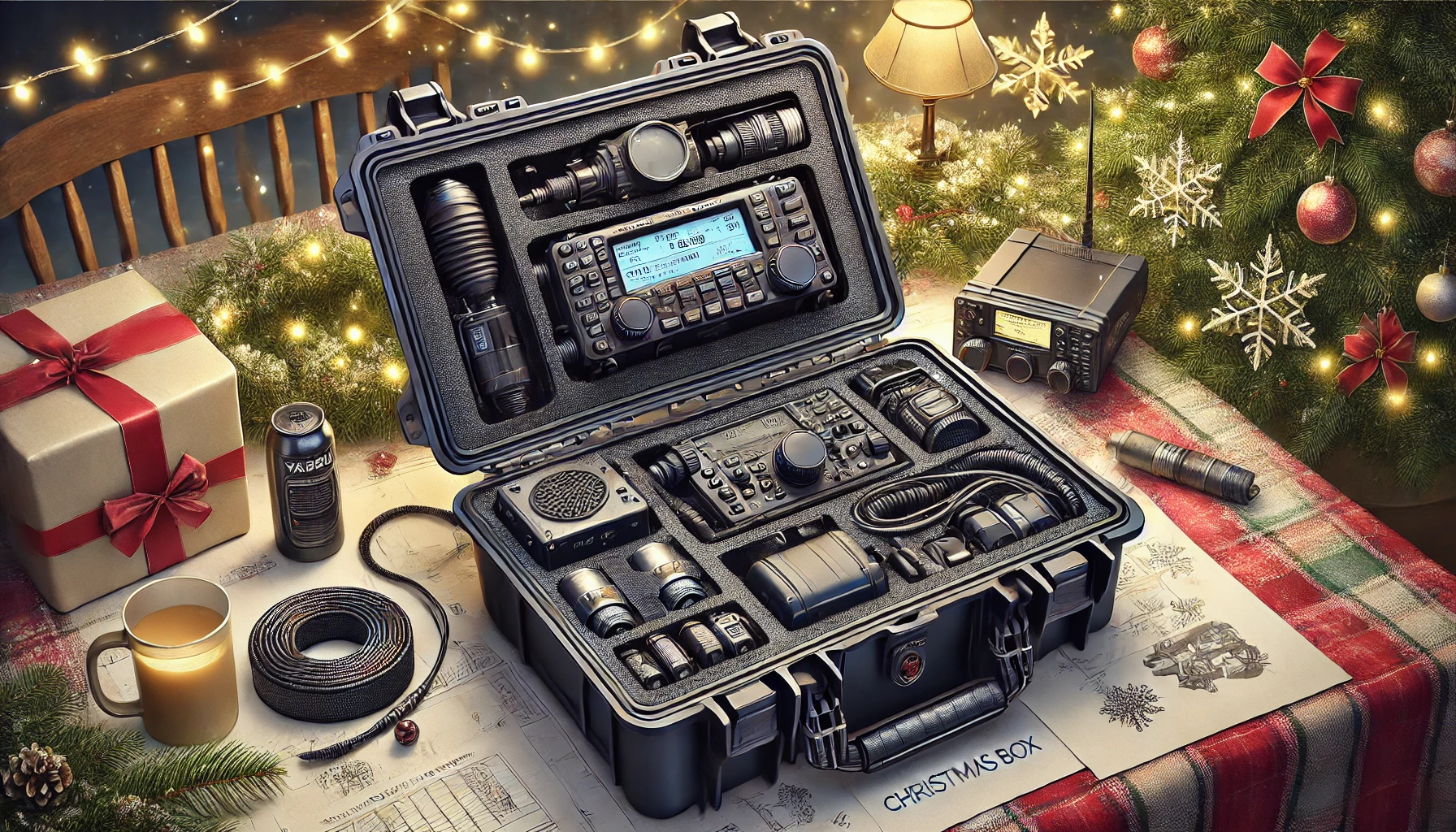

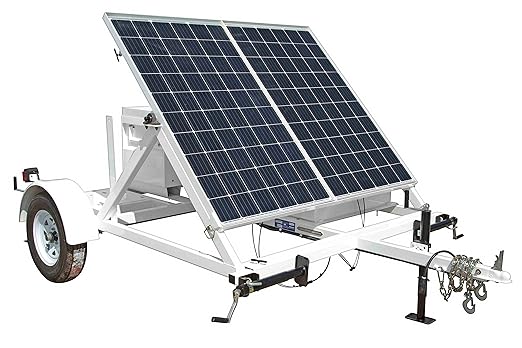
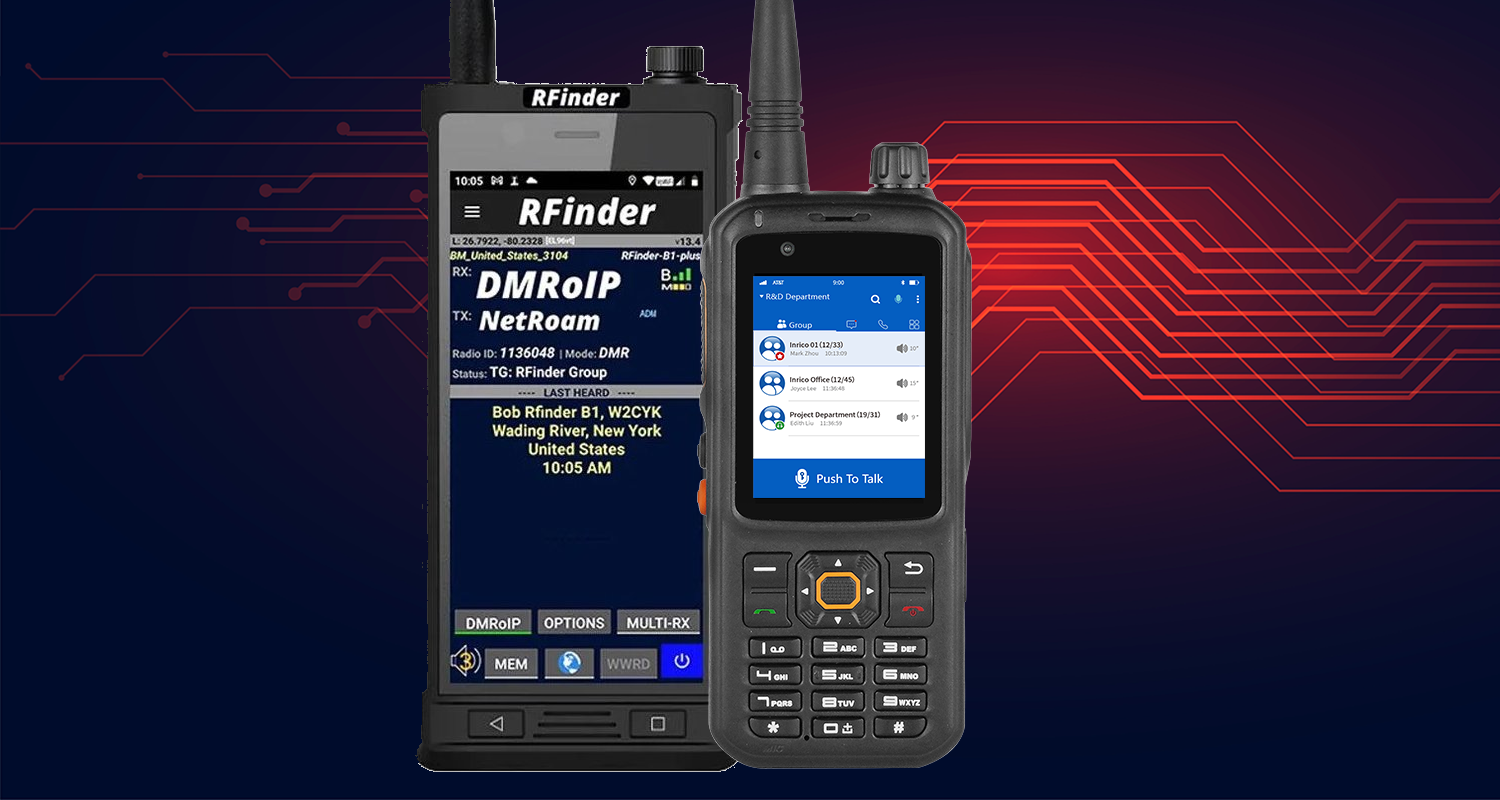
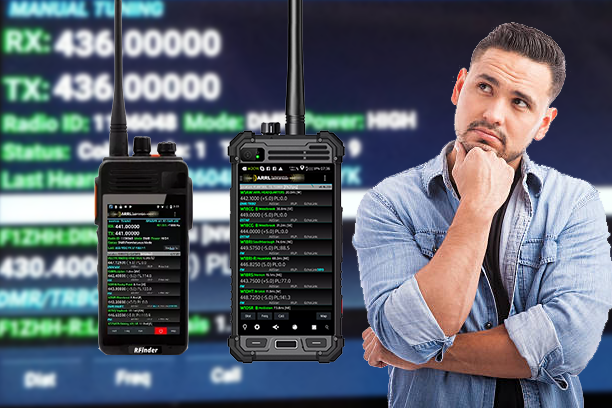
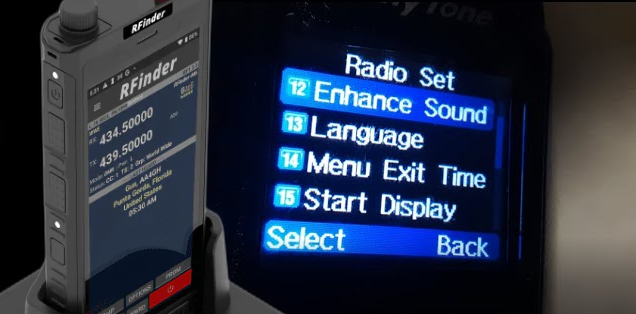

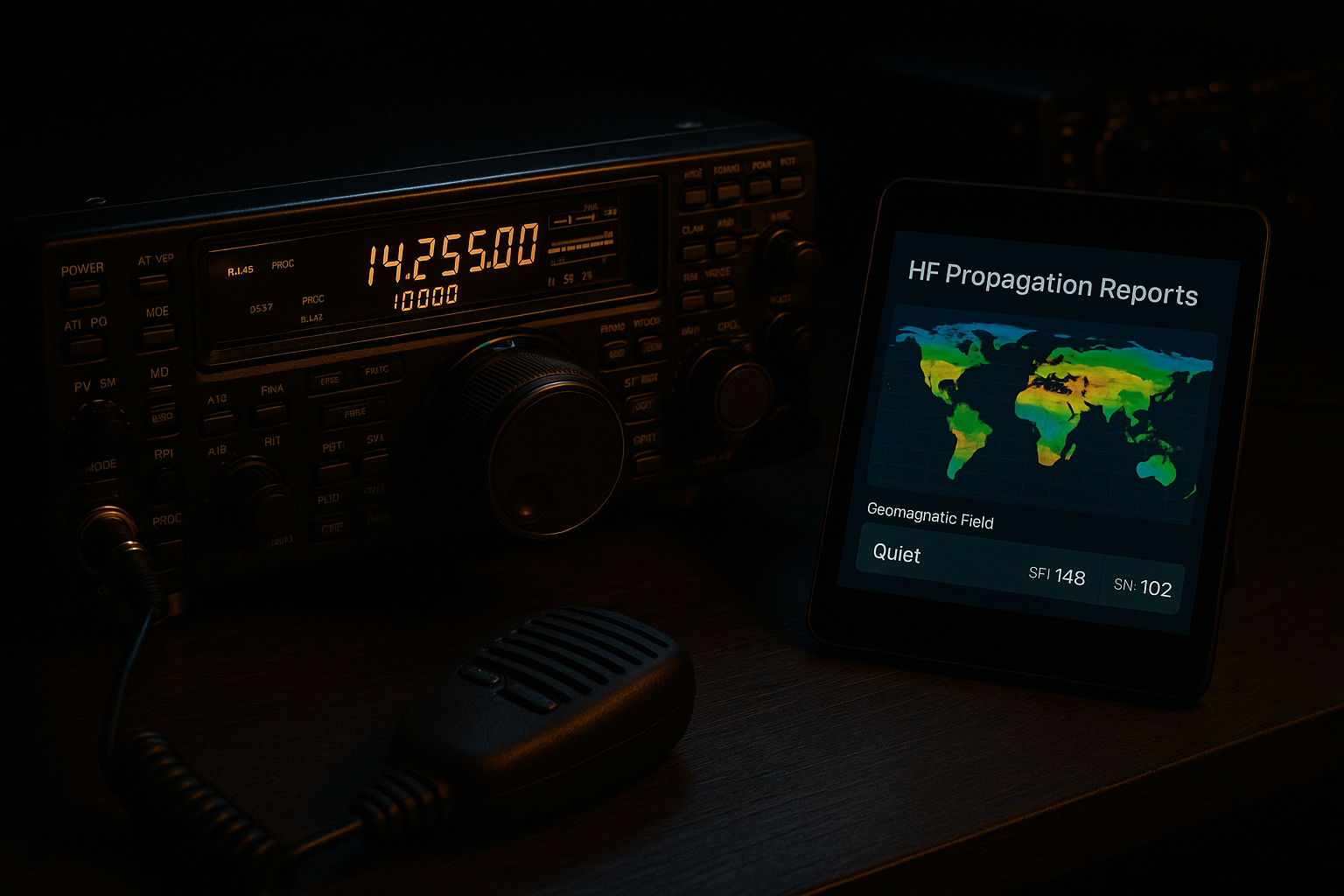
You must be logged in to post a comment.